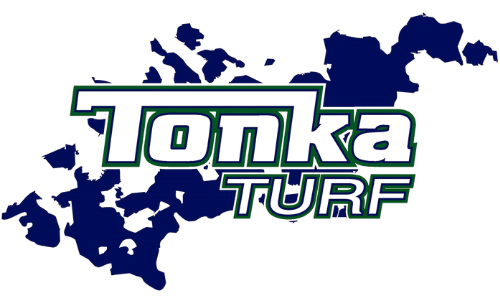Ice Dams and Your Home - Winter
With snowfalls and frigid temperatures through Minnesota Winters, Ice Dams are a probable sighting, AND a worst nightmare, for many homeowners.
*An ice dam, on a smaller scale, is a problem of house and building maintenance in cold climates. An ice dam can occur when snow accumulates on the slanted roof of a house with inadequate insulation and warm air leaks into the attic at penetrations for plumbing stacks, wiring, chimneys, attic hatches, recessed lights, etc. These warm air leaks are known as attic bypasses. Heat conducted through the insufficient insulation and warm air from the attic bypasses warms the room and melts the snow. [4] Meltwater flows down the roof, under the blanket of snow, onto the eave and into the gutter, where colder conditions on the overhang cause it to freeze. Eventually, ice accumulates along the eave and in the gutter. Snow that melts later cannot drain properly through the ice on the eave and in the gutter.
This can result in:
*Leaking roof (height of leak depends on extent of ice dam)
*Wet, ineffective insulation
*Stained or cracked plaster or drywall
*Rotting timber
*Stained, blistered or peeling paint
Under extreme conditions, with heavy snow and severe cold, almost any house can have an ice dam, whereas a house that is poorly insulated with attic bypasses will have ice dams during normal winter weather. Giant icicles hanging from the eave are one indication of a poorly insulated attic with many attic bypasses. [5]
Although high snow levels along with extreme cold weather is generally considered the highest potential risk conditions for ice dams to accumulate, standing snow is not even a required prerequisite for ice dams to form. [6] It takes very little actual moisture to form ice dams.*

